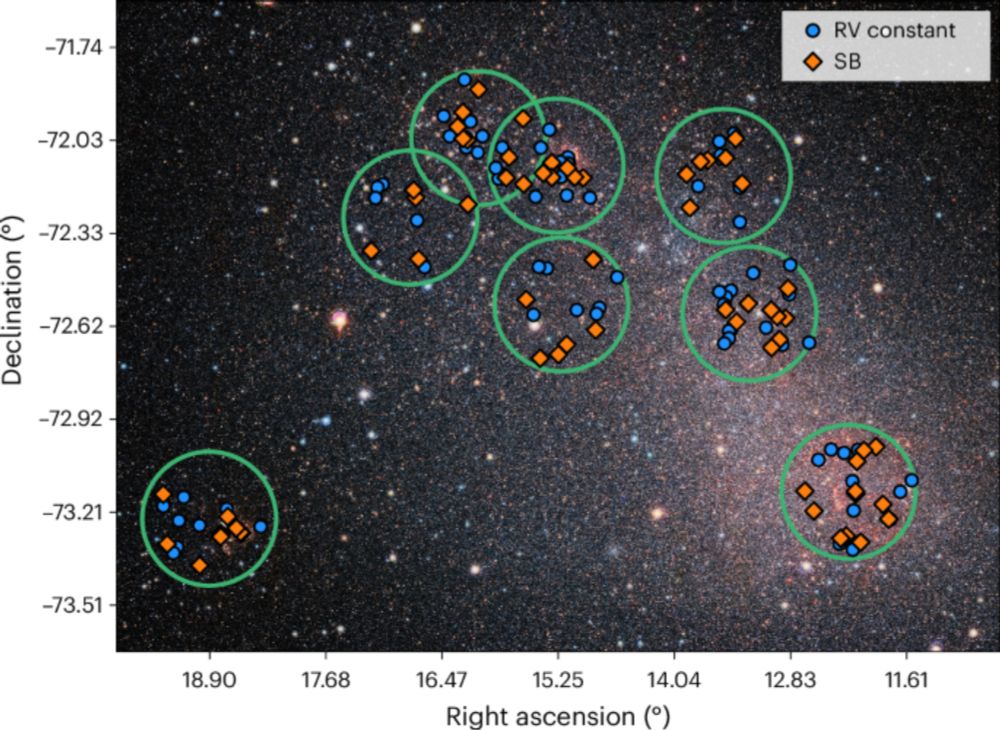Max-Planck-Institut für Astronomie
@mpi-astro.bsky.social
7.3K followers
130 following
240 posts
Astronomical research institute in Heidelberg, Germany / Astronomisches Forschungsinstitut in Heidelberg
Impressum: https://www.mpia.de/impressum
Posts
Media
Videos
Starter Packs
Reposted by Max-Planck-Institut für Astronomie
Reposted by Max-Planck-Institut für Astronomie
Reposted by Max-Planck-Institut für Astronomie
Reposted by Max-Planck-Institut für Astronomie











